In the digital age, blockchain technology emerges as a groundbreaking innovation, promising to revolutionize various industries by offering decentralized, secure, and transparent transactions. Whether you’re a seasoned developer or just starting, understanding the intricacies of blockchain technology is crucial for staying ahead in the tech landscape. This guide provides a comprehensive overview of how blockchain works, answering some of the most common questions and pointing you to valuable resources for further learning.
The concept of blockchain has gained significant traction over the last decade, mainly due to the rise of cryptocurrencies like Bitcoin. However, blockchain’s potential applications extend far beyond just financial transactions. This technology has the power to transform how we interact with digital assets, ensuring security, trust, and transparency without the need for a central authority.
Definition of Blockchain
At its core, blockchain is a distributed database or ledger that records transactions across many computers in such a way that the registered transactions cannot be altered retroactively. This characteristic makes it an incredibly secure and reliable form of technology, laying the groundwork for trustless agreements and interactions over the internet. Blockchain networks consist of blocks that contain data, and each block is connected to the one before and after it, making a “chain” of information.
How Does Blockchain Work?
To grasp the intricacies of how blockchain technology operates, we must delve deeper into its fundamental components.
Nodes
Nodes represent the backbone of any blockchain network. These are essentially individual computers or digital devices, each participating actively in the blockchain. Their primary role is to validate and record transactions, thus ensuring the network remains secure and its data accurate. By working in unison, nodes uphold the decentralization and integrity of the blockchain, making it nearly impossible for any single point of failure to jeopardize the network.
Blocks
Blocks are the building blocks of a blockchain. Each block contains a bundle of transactions that have been verified by nodes. Along with transaction data, a block also houses a unique code known as a hash. This hash, along with the hash of the previous block, creates a link to the next block, hence forming a chronological chain. This structure not only secures the blockchain but also makes it transparent and tamper-proof.
Consensus Mechanism
The consensus mechanism is the heart of blockchain functionality, ensuring that all nodes in the network agree on the validity of transactions. This mechanism is crucial in achieving a unified, tamper-resistant ledger. Various blockchain networks implement different consensus models to align with their specific security, speed, and decentralization goals. Proof of Work (PoW) requires computational work to validate transactions, whereas Proof of Stake (PoS) involves validators owning and staking the cryptocurrency. Delegated Proof of Stake (DPoS), on the other hand, allows stakeholders to vote for a limited number of delegates who then validate transactions.
Cryptography
Cryptography is the shield of blockchain technology. It employs complex algorithms to secure transactions and generate digital signatures that authenticate the transaction’s details. These signatures ensure that once a transaction is recorded, it cannot be altered retroactively without altering all subsequent blocks and the network’s consensus.
Distributed Ledger Technology
At its core, blockchain is a form of Distributed Ledger Technology (DLT). This technology provides a synchronized and decentralized database that is accessible across multiple sites, countries, or institutions. Unlike traditional databases, no central authority oversees or manages the DLT. This ensures that the transaction records across the network are transparent, immutable, and verifiable by all participants.
Understanding these components in detail sheds light on why blockchain technology holds such promise in revolutionizing various sectors by offering unparalleled security, transparency, and efficiency.
Blocks and Chains
Structure of a Block
Each block in a blockchain is a vital component that ensures the system’s integrity and security. It consists of a list of transactions, which are essentially records of exchanges between parties. These transactions are verified and compiled into a block. In addition to this list, each block contains a reference to the previous block in the form of a cryptographic hash. This hash is a unique identifier, akin to a digital fingerprint, which is generated based on the contents of the block. Furthermore, the block has its own unique cryptographic hash, created from its contents, including the list of transactions and the reference to the previous block. This sophisticated structure is designed to ensure the integrity and sequential order of the blockchain, making it extremely difficult to tamper with the data.
Linking Blocks in a Chain
The process of linking blocks together in a blockchain involves placing them in chronological order, thus creating a chain of blocks. This chain forms the blockchain. The linkage is not merely a linear connection but a secure bond that is established through the use of cryptographic hashes. When a new block is added to the chain, it includes the unique hash of the previous block, thereby securely connecting it to the chain. This method of linking is what makes the blockchain exceptionally secure and tamper-resistant. Altering the contents of any single block would not only require recalculating the hash of that block but also the hashes of all subsequent blocks in the chain. This level of security is why blockchains are nearly impossible to alter once a block has been added to the chain, providing a robust foundation for trust in digital transactions.
Data Security
Cryptographic Hash Functions
Hash functions are sophisticated algorithms designed to perform a critical role in the field of cryptography. They accept any arbitrary input (commonly referred to as a ‘message’) and transform it into a fixed-size string of bytes, often termed as the hash. This transformation is deterministic, meaning the same input will always produce the same output. Crucially, hash functions ensure the security and integrity of the data stored within each block of a blockchain. They are designed to be one-way functions, making it infeasible to reverse the process and retrieve the original input from the hash output. This characteristic is vital for maintaining the security of sensitive information.
Immutable Data Storage
The principle of immutability in blockchain technology refers to the unchangeable nature of data once it has been recorded onto a blockchain. After data is entered into a block, altering it in any way would require an impossible amount of computational power to change all subsequent blocks in the chain, due to the requirement for network consensus. This immutability characteristic is fundamental to the design and function of blockchain technology. It ensures that once a transaction has been added to the ledger, it cannot be altered or deleted by any party, thereby providing a verifiable and permanent record. This feature is crucial for applications requiring a high degree of trust and transparency, including financial transactions, supply chain management, and even voting systems, reinforcing the integrity of the blockchain.
Transaction Process
Creating a Transaction
The process of creating a transaction begins with the transaction initiator forming the transaction details and then digitally signing it. This digital signature is crucial as it serves as a robust proof of the authenticity of the transaction, ensuring that it has indeed been initiated by the rightful owner of the digital assets in question. This step is fundamental in maintaining the integrity and security of the transaction process.
Validation and Inclusion in a Block
Once a transaction is created, it is transmitted across the network where it must undergo a thorough validation process. This validation is conducted by various nodes within the network, utilizing a consensus mechanism to agree on the legitimacy of the transaction. This consensus mechanism is key to preventing fraud and ensuring that only valid transactions are added to the blockchain. Following a successful validation, transactions are then grouped together into a block. This block, containing a batch of validated transactions, is subsequently added to the existing blockchain. This addition to the blockchain is a critical step, as it ensures the immutability and continuity of the ledger, making each transaction traceable and permanent within the blockchain’s history.
FAQ – How Does Blockchain Work?
What is the role of nodes in a blockchain network?
Nodes are the backbone of a blockchain network, maintaining, securing, and updating the distributed ledger. Nodes come in different forms, including full nodes that enforce rules and validate transactions.
How are transactions verified on a blockchain?
Transactions are verified through consensus mechanisms like PoW or PoS, where nodes agree on the validity of transactions. This process ensures that each transaction adheres to the network’s rules.
What is the difference between public and private blockchains?
Public blockchains are open and accessible by anyone, while private blockchains restrict access to only authorized participants.
Can blockchain technology be used for purposes other than financial transactions?
Yes, blockchain’s applications extend to various sectors like supply chain management, voting systems, identity verification, and much more.
How does blockchain ensure data integrity and transparency?
Through its decentralized structure, cryptographic security measures, and immutable record-keeping, blockchain provides a transparent environment where data integrity is paramount.
What is the significance of consensus algorithms in blockchain technology?
Consensus algorithms are vital as they ensure agreement among network participants regarding the validity of transactions, thus achieving trust and security without the need for a central authority.
Conclusion
Blockchain represents a paradigm shift in how we conceive digital trust and security. Its decentralized nature, coupled with robust security measures, paves the way for a future where transparent and secure online transactions are the norms. For developers and businesses, understanding and leveraging blockchain technology could unlock significant advantages and opportunities.



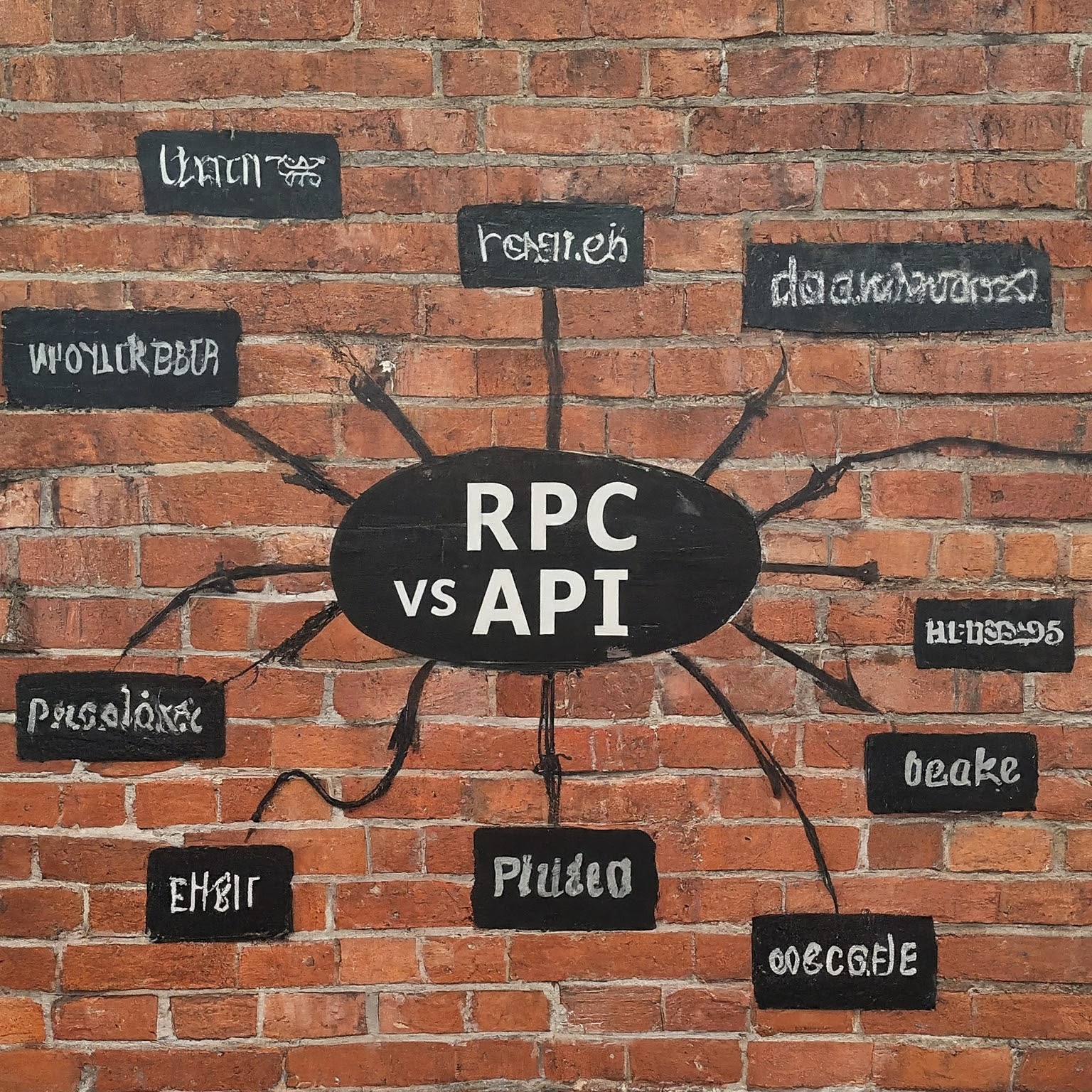
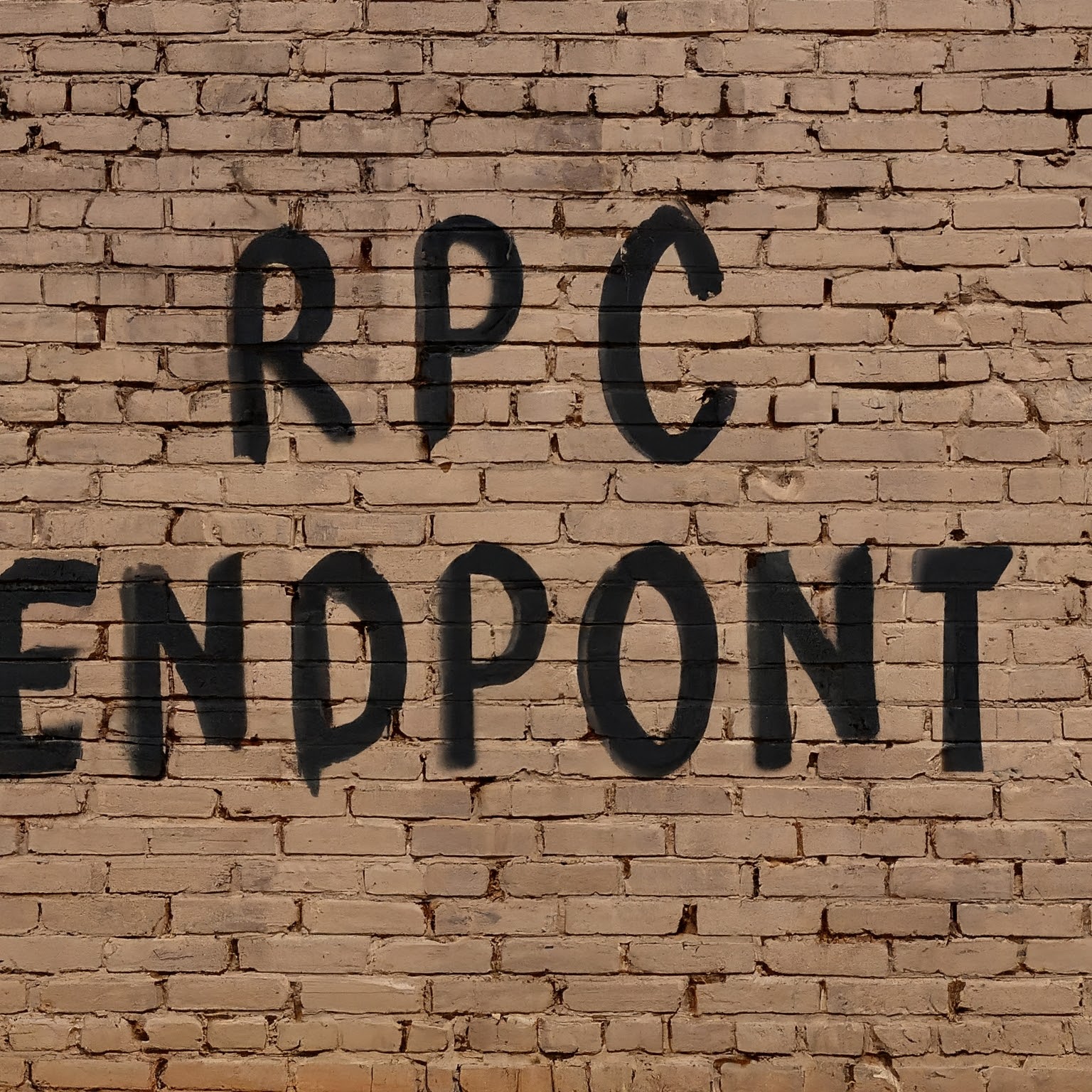


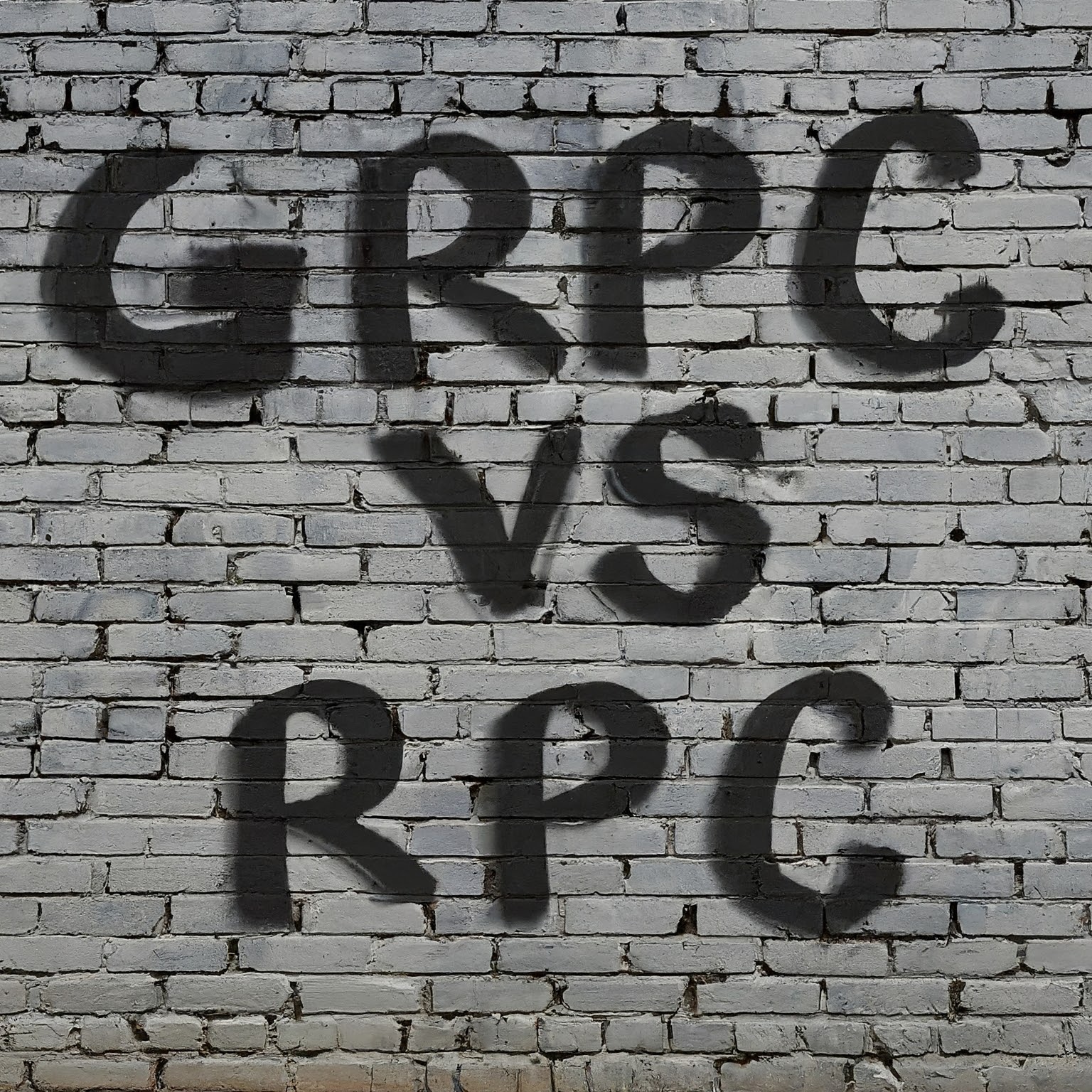
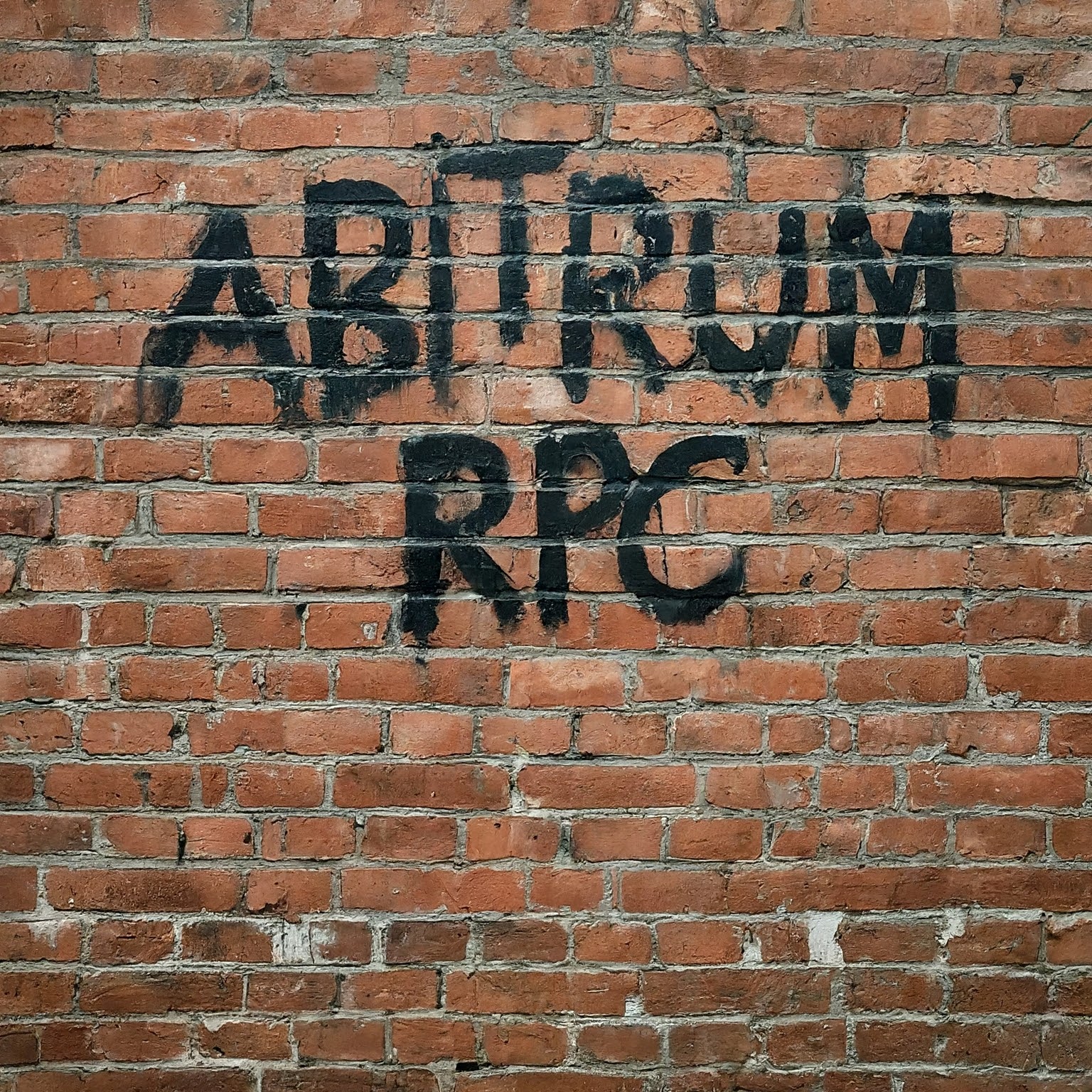

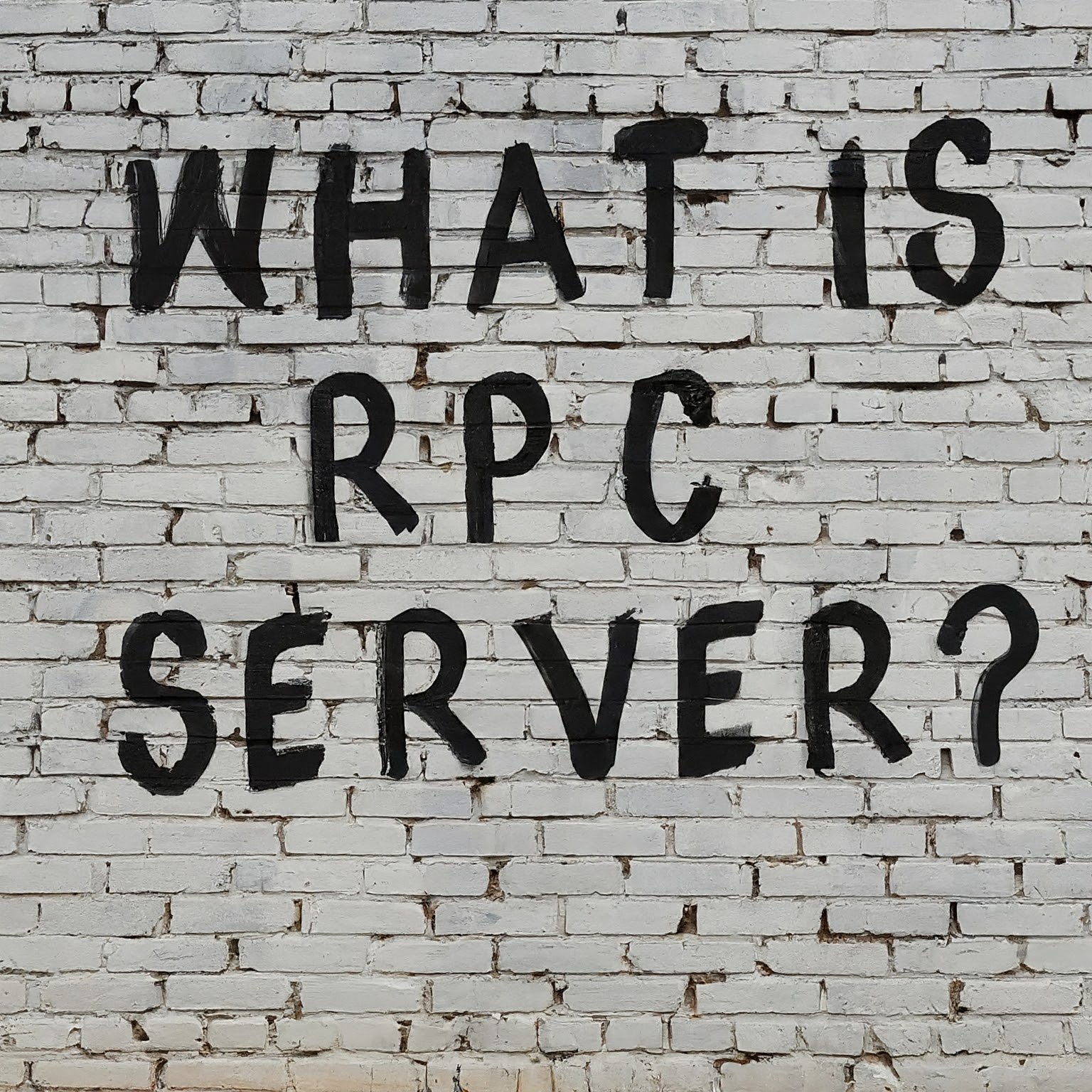

Leave a Reply
You must be logged in to post a comment.